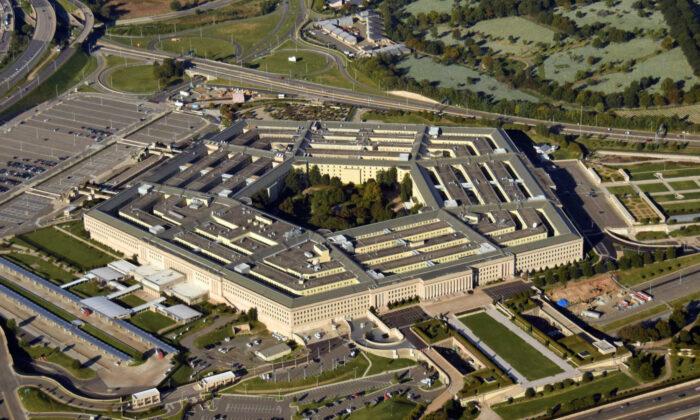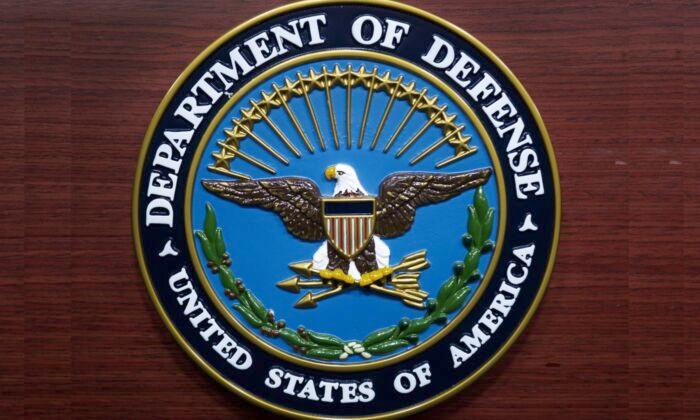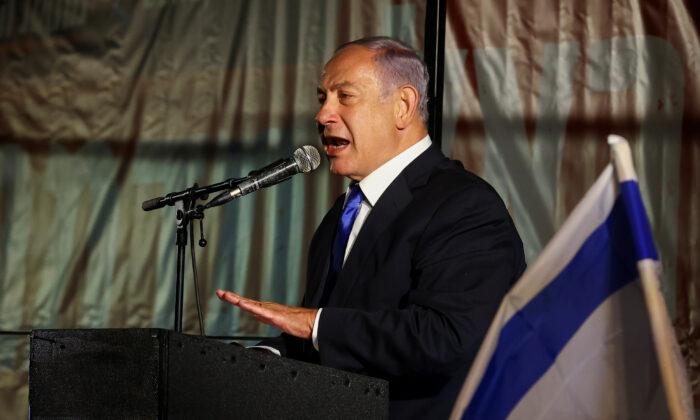A provision in Congress’ defense bill for fiscal year 2023 supersizes investments for expanding research capacity at colleges and universities with higher numbers of minority students.
Congress
set aside $131.7 million in the 2023 National Defense Authorization Act (NDAA) for the Pentagon to conduct a pilot program aimed at deepening research and development partnerships between the Department of Defense (DOD) and Historically Black Colleges and Universities (HBCUs) and Minority Serving Institutions (MSIs). The legislation follows a
report from earlier in 2022 advocating for “social justice” norms across the DOD enterprise.
Although Republican lawmakers have
criticized the DOD’s
emphasis on race and ethnicity both in the ranks and in other arms of the sprawling defense establishment, arguing such a focus
cripples the agency’s ability to respond to the global security threats facing the United States today, the bill has bipartisan origins in the Senate.
“The FY23 NDAA makes major investments in the research, innovation, and diversity that make our country safer and stronger,” House Armed Services Committee Chair Adam Smith of Washington
said in a statement.
The funding is an increase from the same line item from the fiscal year 2022 defense bill, which
allocated $73.2 million for expanding research capacity at minority institutions. In 2021, Congress
authorized $38 million for the same purpose.
It’s also an increase of more than $98.4 million from the Biden administration’s initial DOD budget request for 2023.
An April 2022 National Academies report found that HBCUs and MSIs receive disproportionately small amounts of research and development funding from the DOD than higher education institutions that do not fall into either of those categories. Roughly 1.1 percent of DOD’s research and development expenditures went to HBCUs and MSIs, compared to the Department of Energy at 1.9 percent or the National Aeronautics and Space Administration at 2 percent.
The provision in Congress’ defense bill aims to counteract that disparity, directing the DOD to expand outreach to allegedly underfunded institutions and increase research and development investment in line with the findings of the report.
“As a general rule, when Congress specifies what research and development projects that the Department of Defense should undertake and who should perform them, the more inefficient the use of research and development funding becomes,” Maiya Clark, senior research associate at the Heritage Foundation’s Center for National Defense, told the Daily Caller News Foundation. “Designated funding specifically directed to HBCU and MSI for specific purposes falls into that category too.”
The DOD told the DCNF it does not comment on potential legislation. However, Secretary of Defense Lloyd Austin
vowed to invest in civilian talent and
lean on a principle of inclusivity to
drive the agency at his confirmation hearing.
Although Republican lawmakers have
criticized the DOD’s
emphasis on race and ethnicity both in the ranks and in other arms of the sprawling defense establishment, arguing such a focus
cripples the agency’s ability to respond to the global security threats facing the United States today, the bill has bipartisan origins in the Senate.
Democratic Maryland Sen. Chris Van Hollen and North Carolina Republican Sen. Thom Tillis
introduced legislation back in April, the HBCU Research, Innovation, Security, and Excellence (RISE) Act, to bring HBCUs to “very high research activity” or “R1” status and “strengthen our national defense research network,”
according to Tillis.
MSIs are colleges or universities where a designated minority group, such as Hispanics, comprise at least 25 percent of the undergraduate student body,
according to a Department of Education report. HBCU, a category of MSI,
refers to an institution established for black Americans prior to 1964.
Congress instructed the DOD to implement recommendations from the National Academies report,
including increased research funding for MSI/HBCUs to expand research capacity, deepen the relationships between military departments and the more than 400 HBCU/MSIs, expanding data collection, generating metrics to track progress and success and developing “true” partnerships with the institutions.
The National Academies committee “found no examples in which partnerships were incentivized or directed by DoD,” the report said.
“Social justice norms would also argue that DoD — the nation’s largest agency in terms of funding and employees — should demographically look more like the nation as a whole, which is projected to be ‘majority minority’ within 25 years,” the report said.
The plan would boost targeted universities from “high research status” to “very high research status,” calculated based on annual research expenditures and number of degrees awarded among other criteria, according to the provision. Elements of the 10-year program could include stipends for students or post-doctoral scholars, constructing or renovating research facilities, providing new equipment and “such other activities as the Secretary [of Defense] determines appropriate.”
All content created by the Daily Caller News Foundation, an independent and nonpartisan newswire service, is available without charge to any legitimate news publisher that can provide a large audience. For any questions about our guidelines or partnering with us, please contact [email protected].







